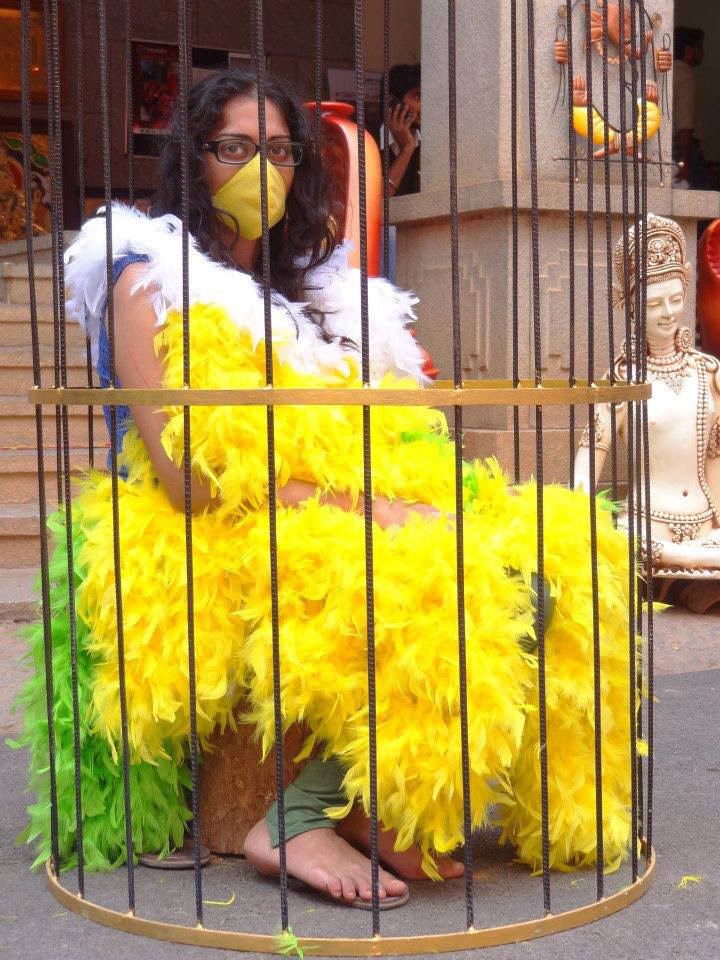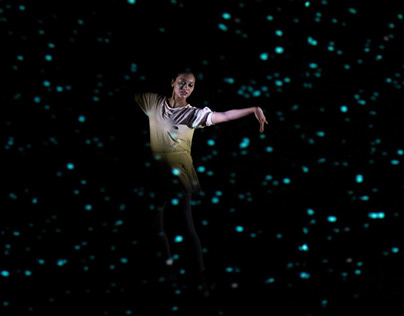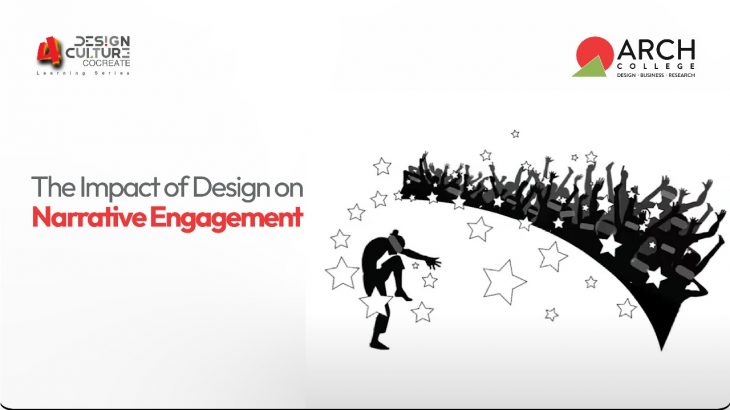In today’s rapidly changing world, storytelling remains one of our most fundamental ways of connecting with each other. Whether we’re engrossed in a novel, captivated by a film, swayed by an ad, or scrolling through digital content, narratives shape how we see the world and influence our actions and interactions. But what is it that makes a story truly come alive? What transforms a simple sequence of words or images into something that sticks with us? The answer, as it turns out, often lies in design. The way a narrative is visually and structurally presented is key to how we engage with and interpret the story.
During one of our Design Culture Co-Create learning series sessions, we had the pleasure of hearing from Vibha Kulkarni, a filmmaker and artist with credentials from AFI Conservatory and NID, India. She shared insights on how storytelling has shaped personal and cultural narratives, especially when it comes to societal issues impacting humans and art. Vibha also touched on how technology and societal changes have influenced art forms, showing how storytelling has adapted in our digital age, changing how we perceive and interact with these art forms. So, let’s explore the many ways design influences how we engage with narratives.
The Art of Storytelling Through Design
Design is far from just a pretty background for a story; it’s an integral part of the narrative itself. When done well, design doesn’t just support the story—it actively shapes how we feel and think as we move through it. Consider the impact of something as simple as typography. Serif fonts might give a story a sense of tradition and authority, while sans-serif fonts can make it feel fresh and modern. The same goes for color: warm hues can evoke feelings of comfort and nostalgia, while cooler tones might bring out a sense of calm or melancholy. And don’t even get me started on layout—it’s like the invisible hand that guides your eyes, helping you focus on the parts of the story that matter most.
The Power of Emotions in Design
Design has this incredible ability to pull at our heartstrings, creating a deeper connection between us and the narrative. Think about the costumes and props in a play, the lighting in a film, or even the way a stage is set up—every design choice is made to amplify the story’s emotional impact. In many ways, design is the framework that holds the story together, guiding our attention, setting the tone, and making sure we feel exactly what the storyteller wants us to feel.

One of Vibha’s most striking examples is her use of a welded cage she designed for a performance piece about women’s safety. The cage is a powerful symbol of the physical and mental restrictions imposed by societal norms. It visually captures the pressures that control behavior, limit freedom, and stifle ambition. Through this potent imagery, Vibha explores the suffocating nature of these expectations and the possibility of breaking free from them.
Designing for Clarity
A well-designed narrative isn’t just a feast for the eyes—it’s also clear and focused. Design helps to organize complex information, making it easier to understand. When a story has a lot going on—maybe it’s got a complicated plot or deals with abstract concepts—design can assume the role of the unsung hero that keeps us from getting lost.
In print media, for example, a well-designed page layout can make a huge difference in how easily we can navigate through the text. Clever use of whitespace, headings, and bullet points can turn dense information into something manageable, guiding us through the story with ease. In digital media, the design of a user interface (UI) can be the deciding factor in whether we follow a story smoothly or feel like throwing our device out the window. Intuitive navigation and clear visual cues make all the difference.
Cultural Context in Visual Storytelling
Design also plays a crucial role in making a narrative resonate with specific cultural or societal contexts. The design of a narrative can reflect the cultural background of the story, using visual elements that strike a chord with the intended audience. When done right, this cultural alignment not only draws us in but also creates a deeper connection between us and the story.

Vibha gave a fascinating example of this by discussing the lota—a traditional water vessel found in rural Indian homes. At first glance, the lota might seem like an ordinary object, but Vibha showed us how it’s steeped in cultural and social significance. Through her storytelling, she revealed how this simple object reflects broader themes of social roles, utility, and tradition. It’s a reminder of how design can communicate complex social and cultural themes, offering us a richer, more nuanced view of the world around us.
The Future of Narrative Design
As technology continues to evolve, so do the possibilities for narrative design. Virtual reality (VR) and augmented reality (AR) are pushing the boundaries of storytelling, offering immersive experiences where design and narrative become one. In these spaces, design isn’t just about how things look—it’s about creating entire worlds that we can explore, interact with, and become a part of.
These emerging technologies highlight just how crucial design is to narrative engagement. As the lines between reality and fiction blur, the role of design in storytelling becomes even more important. It’s no longer just about telling a story; it’s about crafting an experience that captivates us, draws us in, and leaves a lasting impression.
Vibha shared an example of a performance she created using VR, a project that took over two years to complete. Every dance step was meticulously programmed, blending creative movement with advanced digital tools to create an immersive experience. It’s a glimpse into how VR can transform performance art, combining physical movement with cutting-edge design to create something truly innovative.

Final Thoughts
The impact of design on narrative engagement is impossible to overstate. Design is the bridge between the story and the audience, transforming words and images into experiences that stick with us long after the story ends. Whether by enhancing emotional engagement, providing clarity, or grounding a narrative in cultural context, design plays a pivotal role in how stories are told and received.
As we look to the future, the relationship between design and storytelling will only continue to evolve, offering new ways to captivate and connect with audiences. Here at our college, we teach our students to blend art, design, and different mediums in their creative projects. This approach ensures that each design isn’t just visually striking, but also deeply engaging. By integrating artistic vision with thoughtful design and a variety of mediums, our students learn to create works that resonate with their audience and leave a lasting impression. To catch the full session, head over to our YouTube channel.
